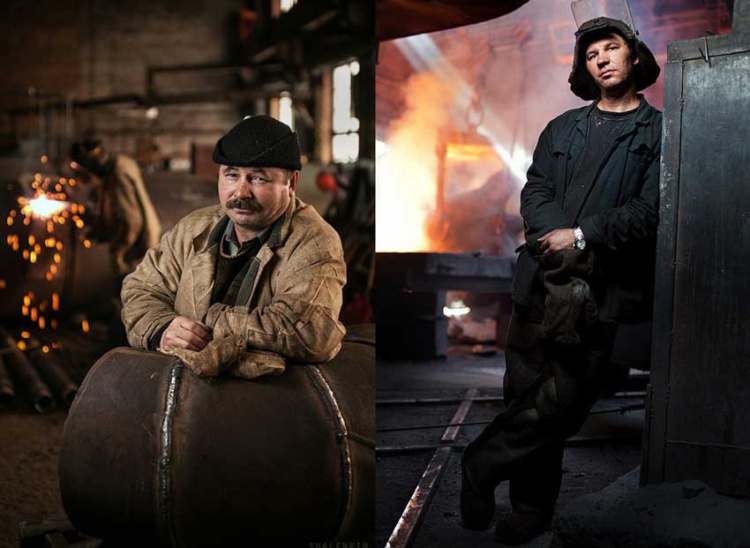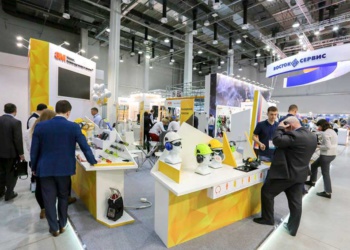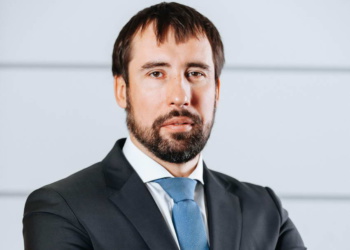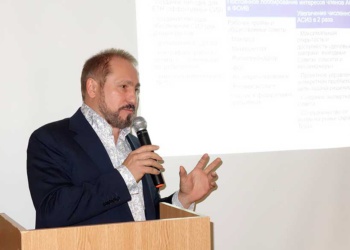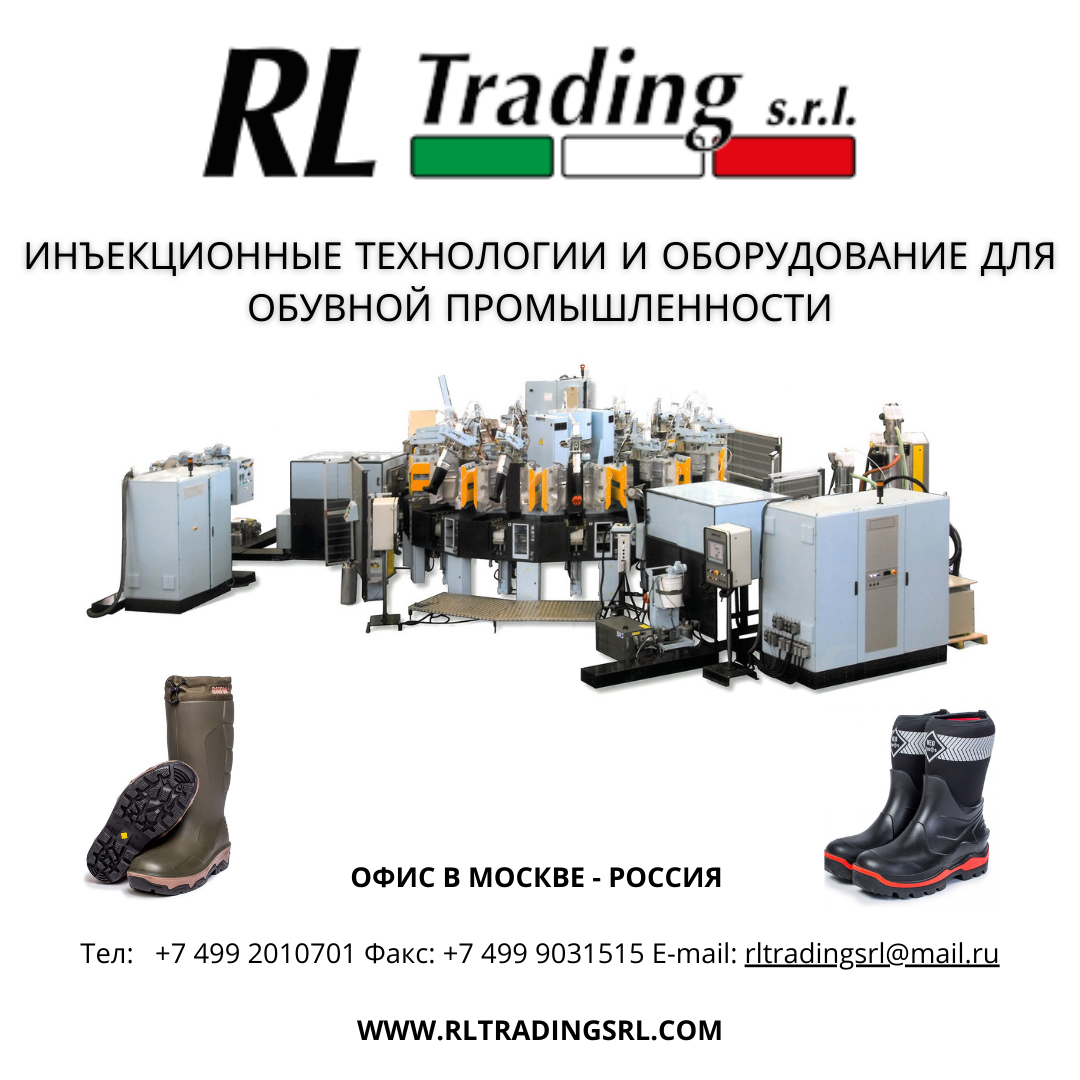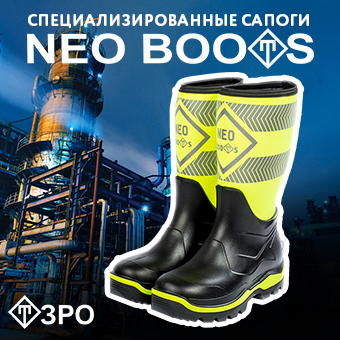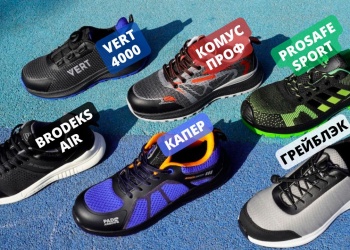In 2018 Russia faced a new reality: the age of retirement will rise significantly in the coming years and will be 60 years for women and 65 for men. Such large-scale changes will necessarily affect the PPE market.
According to Rossat (Russian Statistics Agency) in the first six months of 2018 16.5 million people aged 50–59 worked in Russia (21.7% of the total number of all employed). In the next five to seven years the number of jobholders in the category of 50-59 years will increase significantly, adding more than three million people. By 2025, more than 25% of all employed in Russia will be over 50 years.
Many people of pre-retirement age experience age-related changes, especially this concern:
- eyesight disorders
- diminished hearing
- foot deformity
- back problems
These age-related changes can cause a decline in labor productivity and increase in workplace injuries. The role of PPE in reducing injuries and increasing labor productivity is quite significant and PPE manufacturers already should consider in the context of upcoming changes in the demography of the workforce, which PPE they can modify and offer for workers of pre-retirement age.
In fairness it should be noted that employers are not inclined to overestimate the problem of «up in years» workers. Dmitry Kolmakov, Occupational Health and Safety Director of Uniper PJSC, believes that working capacity may not decline with the years. Employees of pre-retirement age maintain their working capacity due to high professional skills and behavioral self-regulation mechanisms activation.
“In our opinion, the development of a special PPE range for older workers is currently not relevant. When choosing PPE we must take into account the physical characteristics of workers of all age categories, remembering that there are also older people in our team.At the same time, one should not forget that in the electric power industry a significant part of work is carried out under harmful or hazardous labour conditions, such as an increased noise level, dust emission, vibration and hazards related to work at height, etc. In this regard our main task is to improve labour conditions, eliminating harmful and hazardous factors, which in the end will make certain types of PPE unnecessary,” noted Kolmakov.
Among the editorial staff of Getziz.ru there is no mutual understanding on this issue either. We interviewed the leading manufacturers of PPE and market experts, asking them whether there is a need for special PPEs for “senior” workers and which of them are already available in Russia.
 Karina Lebedeva, Head of the Industrial Safety Division, Russia and the CIS, Honeywell:
Karina Lebedeva, Head of the Industrial Safety Division, Russia and the CIS, Honeywell:
I don’t think it matters much, whether there will be a separate range of PPE, or PPE will be made with regard to the age of the users within the existing ranges of products. In Europe and the USA, where the retirement age has for a long time been over 65 years, there are no separate PPE ranges for the “up in years” workers, although the PPE markets there are more developed than the one in Russia. Another issue is that in the Western countries they use PPE with a higher level of comfort and, the age of the workers is by all means taken into consideration during development of PPE. Age affects the physical condition of the body: eyesight deteriorates, attentiveness and manual dexterity decrease, fatigability increases and chronic diseases get worse. Therefore, older workers need more comfortable PPE that can compensate for the inevitable decline in some of the physical abilities of the body.
In hearing protection the solution is level dependent earmuffs that facilitate voice communication suppressing ambient noise. In eye protection a clear solution is a more active promotion and distribution of safety prescription eyewear. Solution for respiratory protection is increasing the ease of breathing when wearing a face piece. For gloves – enhancing the combination of protection against impact, puncture and cut to eliminate a large range and injuries. For protective clothing and footwear — weight reduction and the use of technologies that reduce body heat, for example, membrane fabrics.
There is a general trend in the world to make PPE lighter and easier in use, care and repair to help older workers in training. But PPE is only a part of occupational health and safety work. An increase of the retirement age will entail changes in OH&S work. Probably more frequent and thorough medical checkups at workplaces and more frequent breaks will be needed. Increased attention should be paid to health monitoring of workers, especially in hazardous jobs. At Honeywell there is BioHarness product range – chest-worn strap with built-in sensors for measuring heart rate, temperature, breathing rate and GPS coordinates of the body. Sensor readings can be transmitted via a long-range wireless radio in real time to a PC. BioHarness can be coupled with sensors for detection of hazardous atmospheres.
There is a data accumulation function too. It is obvious that with an increase in the age of workers such solutions will be in greater demand.
Olga Shumeiko, Financial Directorof JSC SOMZ (™ Rosomz):
An increase in the retirement age will change the structure of the workforce. We are already thinking about future changes. At the moment, our company is actively offering safety prescription eyewear. This is a good solution, given that more than 30 percent of workers have eyesight problems. The value of ergonomics and weight reduction of PPE increases. Workers get injuries when they do not wear PPE. If we find a cheap solution for embedding PPE with sensors, that would stop an employee from entering a workplace without PPE, this would reduce the number of injuries dramatically.

Euvgeny Shuvalov, PPE market expert:
The increase in the number of older workers that will occur in the next 5-7 years will seriously affect product ranges of PPE offered by manufacturers and distributors in Russia. And it is not only about protection against injuries, it is also about the crackdown on occupational diseases, since the length of work life will increase significantly. Demand for PPE, taking into account age-related changes, will grow. It is necessary already now to think about changing the legislation due to the increase in the retirement age and to make necessary changes that will allow employers to more actively purchase PPE for the workers with age-related problems. For example, safety prescription eyewear is offered by manufacturers as an effective means of protection that directly affects labour productivity, but so far the sales of this type PPE are minimal in Russia, no more than 1% of the total volume of safety eyewear. The sales are hampered by flaws in the legislation: this PPE type is not mentioned in the standard norms of issue, besides the workers cannot get a free prescription when eyesight problems are found during an annual medical examination. The second reading of the Bill on pension reform is still under way, and the PPE Association can submit its proposals on amendments to the legislation. PPE manufacturers should think seriously about improving the comfort of PPE — older employees have higher requirements for the PPE comfort.

Lev Shapiro, Managing Director, Uvex SPR (St. Petersburg):
Yes, I consider the development of special workwear, safety footwear and PPE for older workers to be a topical issue. The age-related changes begin to occur at the age of 45 and seriously affect labour productivity.
«Uvex» already manufactures such products in two ranges: safety eyewear and footwear. Our safety eyewear range includes eyewear with progressive lenses. We also produce safety footwear that can be made to order with consideration to age-related changes of the foot. Increase of the retirement age will also lead to the development of PPE in other areas. For example, with age more and more people have back problems. That means that belts for back support and back bandages will be in demand. Some companies in Russia, for example Vostok-Service, are already selling them. In the near future we will witness a massive use of exoskeletons, which will be particularly relevant for employees who are 60+.
 Kira Andreeva, Sales Director, Hecel-Securite:
Kira Andreeva, Sales Director, Hecel-Securite:
At the moment this issue is not relevant, since the current generation 60+ does not have the habit of using comfortable PPE. In 5 years for the 55+ generation (they will be 60+), who have already used high quality PPE and footwear this will already be a topical issue, and thus for PPE manufacturers too.

Valery Garifulin, Chairman of the Board of Directors, Alvatex Group (St. Petersburg)
First of all, one should answer the question, why men in the USSR and Russia were sent to a well-deserved retirement at 60. I would point out the following reasons. First, a decrease in attentiveness, memory, and eyesight — all this seriously affects the injury rate. Secondly, unfortunately the physical fitness of 60+ men in this country is not good, compared with other countries. Thirdly, the ability to accept changes, train and re-train by 60 years of age deteriorates — this is a fact of life. In the context of the new “challenges” it is necessary to reduce the effect of age-related changes so that the employees could work productively and without occupational injuries.
What can be offered?
- Level-dependent hearing protection with speech enhancement and use of mobile communications. At the previous A + A show in Düsseldorf there were a lot of such offers.
- Smart reminder gadgets
- Safety glasses with augmented reality, where commands and reminders are displayed on the lenses. At the A + A fair in Düsseldorfsuch PPE were, among others, shown by UVEX and Univet.




